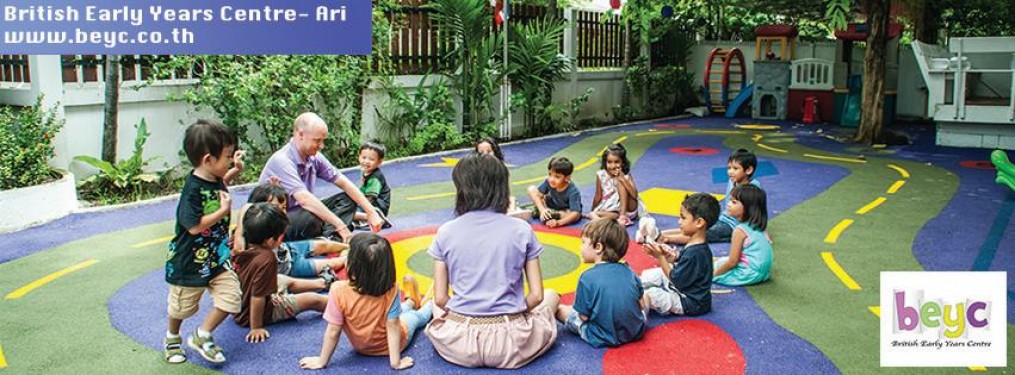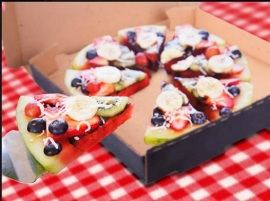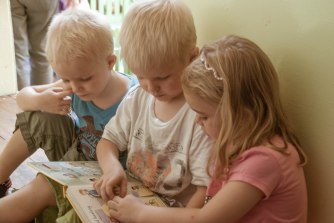With growing concerns over viruses such as Bird Flu, sanitizers became all the rage a few years ago and are used almost as regularly as traditional soap. They are great at removing all that dirty bacteria from grubby hands and are especially important for kids who are still susceptible to viruses such as Hand Foot and Mouth. At British Early Years Centre we had often used hand sanitizers to help stop the spread of bacteria until it was brought to our attention by a parent that they might not be as good as we all first thought.
After some research we have found that these supposedly clean products are doing a lot of damage to us and our children. Triclosan is an ingredient put into many toys, clothes, toothpastes and other products. It is an ingredient that is rumoured to help stop the spread of bacteria, however there has never been any study that has proved this. In fact some scientists worry that it actually helps the bacteria to become more resistant to antibiotics, creating superbugs. Foodforthought discuss in detail the problems caused by using hand sanitisers:
- Muscle weakness/impaired mitochondrial function.
- Excitotoxins that cause death of brain cells.
- Allergies and altered brain function.
- Autism incidence correlation.
- Dangerous hormonal changes.
- Bacterial resistance.
- Alcohol hazard.
- Other additive hazards.
- Harm to our environment and future generations.
At BEYC we have now adopted the use of organic hand sanitizers and cleaning products. We have found a wonderful company in Bangkok, Lamoon Baby, and we fully recommend the use of their products. They have a range of products from bags and clothes to detergents and baby wipes. Please check out their website here and their Facebook page here.


 rong fine motor skills is essential for young children. Motor skills are a term given to the movements of the body. They fall into two main categories: gross motor skills and fine motor skills. Gross motor skills encompass the development of larger muscle movements, such as the swinging of legs and arms, walking or crawling. Fine motor skills are the small muscle movements requiring the use of fingers and hands (Amundson & Weil, 2001; Case-Smith & Shortridge, 1996). The brains of newborn babies are not yet mature enough to make skilled movements and it is generally the more difficult of the skills to develop due to the specific detail in the movements themselves. Using fine motor skills is impossible without gross motor skills and children need to practice and strengthen them together. The importance of the development of motor skills is not just in the movement of the body either, but as Gallahue (1993) says:
rong fine motor skills is essential for young children. Motor skills are a term given to the movements of the body. They fall into two main categories: gross motor skills and fine motor skills. Gross motor skills encompass the development of larger muscle movements, such as the swinging of legs and arms, walking or crawling. Fine motor skills are the small muscle movements requiring the use of fingers and hands (Amundson & Weil, 2001; Case-Smith & Shortridge, 1996). The brains of newborn babies are not yet mature enough to make skilled movements and it is generally the more difficult of the skills to develop due to the specific detail in the movements themselves. Using fine motor skills is impossible without gross motor skills and children need to practice and strengthen them together. The importance of the development of motor skills is not just in the movement of the body either, but as Gallahue (1993) says:
 hese delicious fruit lollies you will need:
hese delicious fruit lollies you will need:


